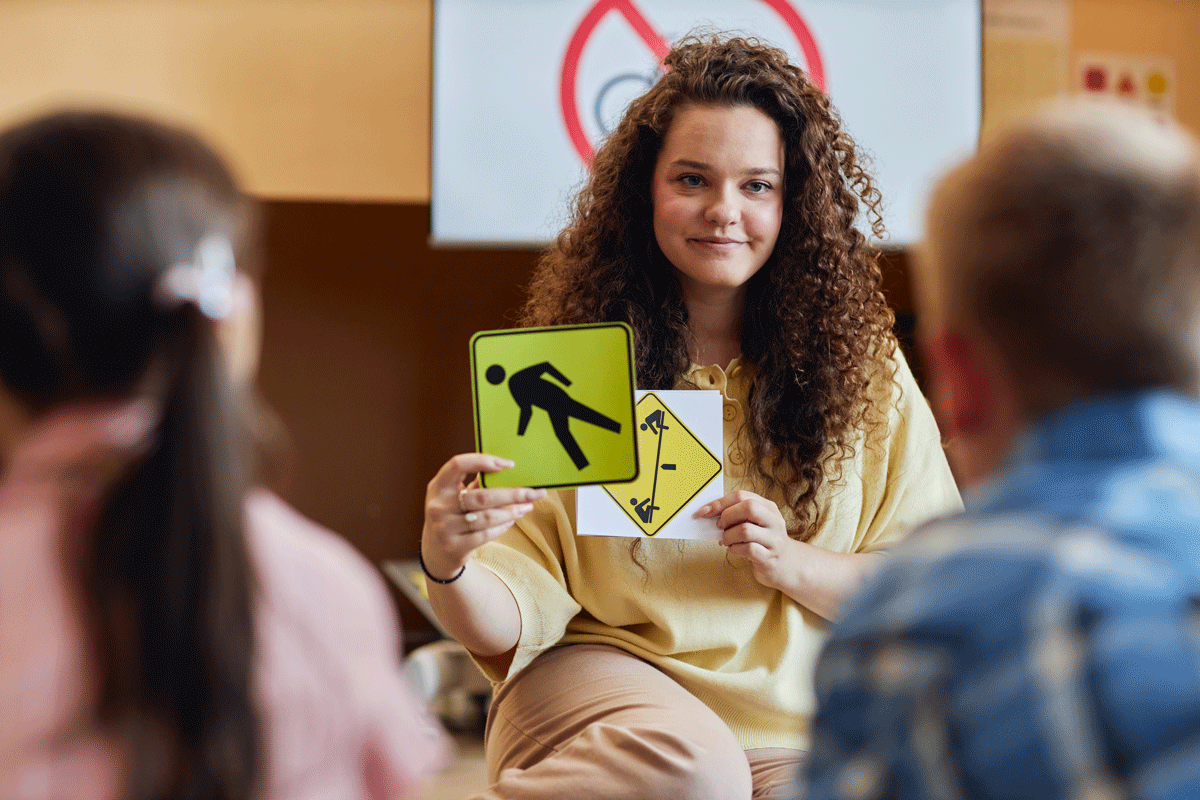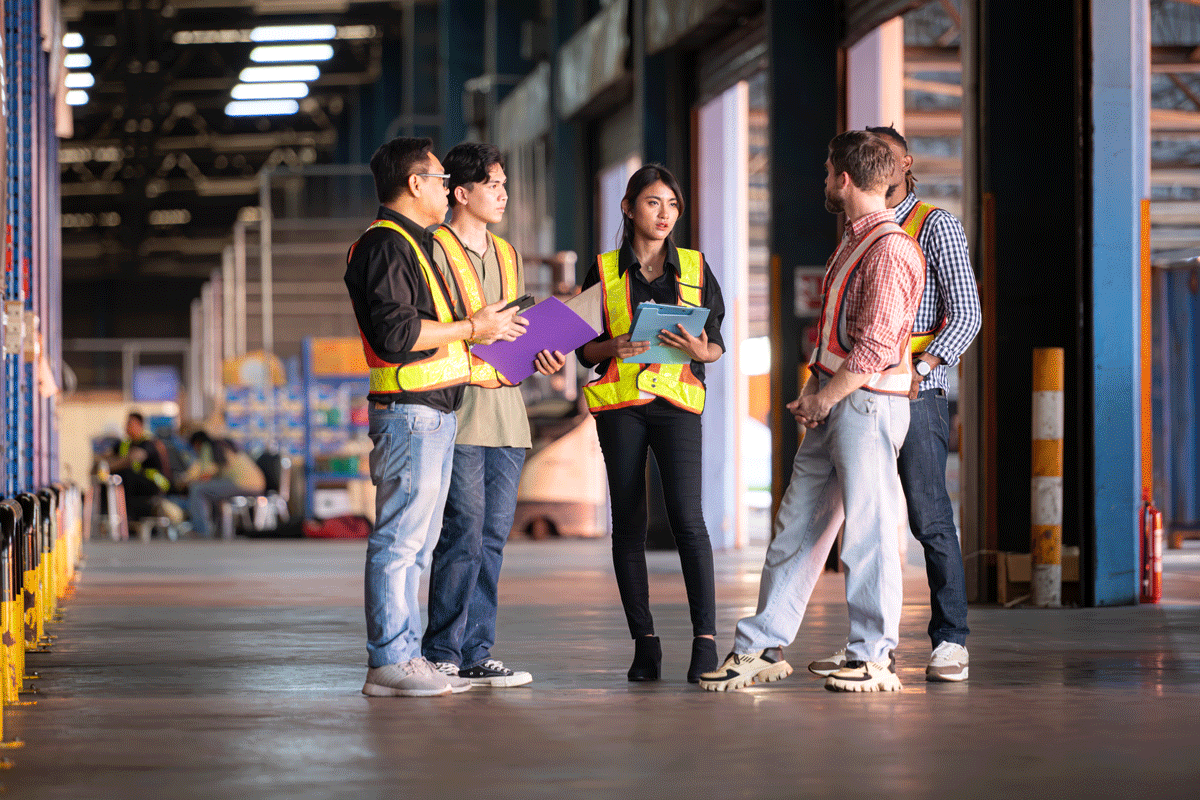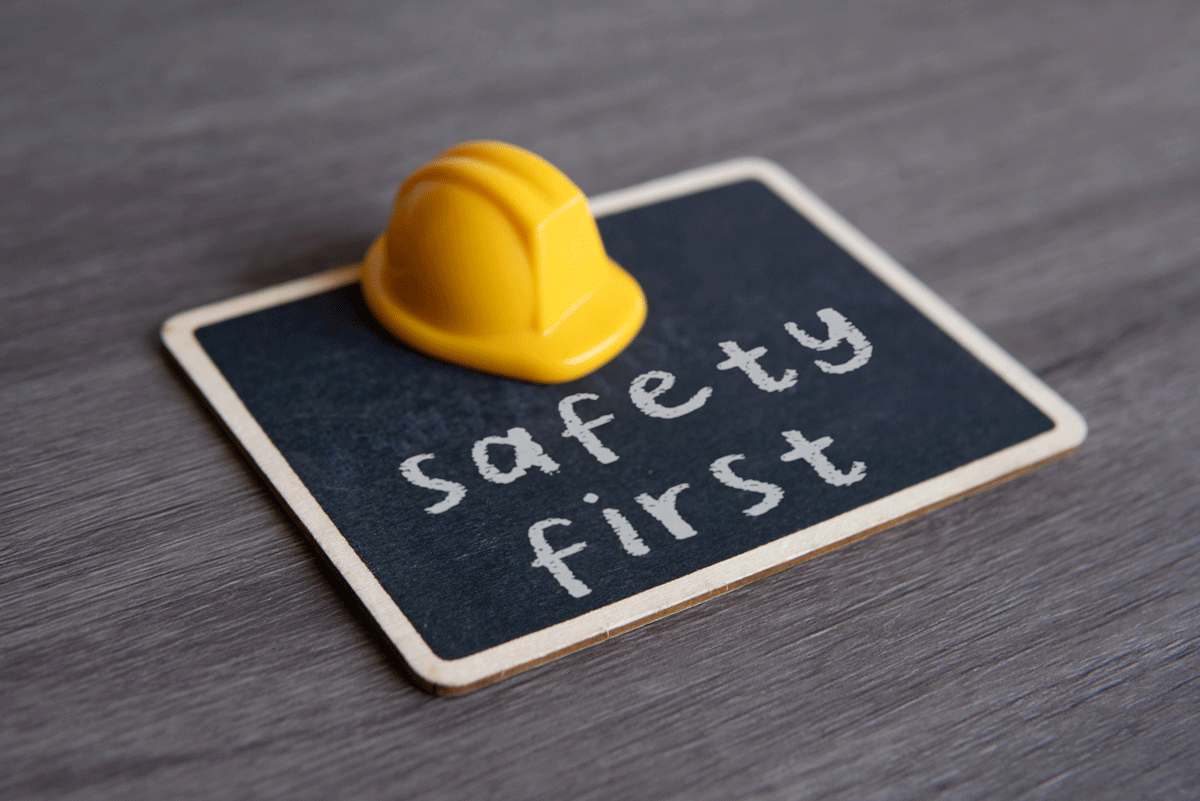
Blog

Top Personal Safety Tips
By Safety Chicks– Safety Training and Equipment
Staying safe isn’t just about being cautious, it’s about being prepared, aware, and confident. Personal safety isn’t something we think about every day, until something happens that makes it impossible to ignore. But imagine if safety became second nature, something woven into your daily habits. That’s exactly what this is all about: empowering you with the tools and mindset to make smart safety choices, without fear ruling your life.
Awareness Is Your Superpower
It starts with awareness. Picture this: you’re leaving a store at night, scrolling through your phone as you walk to your car. It seems harmless, but your focus is split. That’s a moment when your awareness is compromised, and that’s exactly what we need to avoid. Instead, head up, eyes scanning your surroundings, keys in hand, phone tucked away. These small shifts can make all the difference.
Awareness isn’t just for nighttime walks or unfamiliar places. It applies to your everyday life. Being aware means noticing exits when you enter a room, understanding who’s around you, and being present in your environment. It means keeping an eye on your drinks in social settings, being mindful of who you share personal information with, and staying alert to changes in your usual routines. These seemingly minor habits build up to create a safety net of situational awareness.
Trust Your Gut, Always
Everyone has experienced that inner nudge, that subtle sense that something is off. The truth? Your instincts are often right. Think of this as your “gut check” moment. Whether you’re deciding to enter a rideshare, choosing a route home, or even evaluating someone’s behavior, trusting your gut can steer you away from danger before it even unfolds. It’s not paranoia; it’s power.
We live in a world where many of us are conditioned to second-guess ourselves to avoid seeming rude or dramatic. But personal safety trumps etiquette. The next time you feel that gut feeling kick in, remember: it’s your built-in defense mechanism. Listen to it, act on it, and don’t apologize for it.
Make SMART Safety Choices
It’s important to make SMART safety choices. This means being Strategic, Mindful, Aware, Ready, and Trained. Each choice you make should be filtered through this lens. For example:
- Strategic: Plan your routes and share them with someone you trust. Avoid areas that are poorly lit or isolated, especially at night. If you’re going on a date or meeting someone new, consider doing it in a public place and let a friend know the details.
- Mindful: Know your limits in social settings. Whether it’s how much you drink or how late you stay out, mindfulness about your environment and state of mind is key. Being mindful also means paying attention to how others behave, especially if someone is acting in a way that raises red flags.
- Aware: Keep tabs on your environment. Don’t wear headphones at full volume when walking alone. Be mindful of people around you, especially if someone seems to be following or watching you. Awareness includes understanding your surroundings both physically and socially.
- Ready: Carry safety tools like alarms, whistles, or pepper spray, and know how to use them. Ready also means having a plan on what you will do if something doesn’t feel right? What’s your escape route? Who will you call?
- Trained: Learn self-defense basics. Even a short course can give you the confidence and skills to defend yourself if needed. Training isn’t just physical, it’s mental, too. Practice thinking through scenarios and planning your responses.
When you make SMART choices, you shift from a reactive mindset to a proactive one. You’re preparing, not just hoping for the best.

Digital Safety Matters Too
It’s not all about the physical world. In today’s digital age, online safety is just as critical. Be cautious with personal information shared on social media. Avoid posting your location in real time, use strong passwords, and think twice before clicking unknown links. Safety is just as much about your digital footprint as it is about your physical presence.
Our digital lives are connected to our real-world safety more than ever. Geotagged photos can reveal your home address, your daily routines, or your favorite hangout spots. Cyberstalking and online harassment are real risks. Protect yourself by being selective about who can see your content, by regularly updating privacy settings, and by being cautious about friend requests or DMs from strangers.
Cybersecurity also includes being aware of phishing attempts, scams, and identity theft. Make it a habit to monitor your accounts for unusual activity, use two-factor authentication, and avoid using public Wi-Fi for sensitive activities like banking.
Safety Tools That Make a Difference
Part of being prepared is having the right tools at your disposal. Practical safety gear that fits your lifestyle includes:
- Personal alarms that emit a loud sound to draw attention and deter threats.
- Pepper spray or gel, which can incapacitate an attacker and give you time to escape.
- Flashlights (including those built into keychains) for nighttime visibility.
- Safety apps that allow you to share your location in real time with trusted contacts.
Having these tools is only part of the equation on knowing how and when to use them is crucial. Practice reaching for them, activating them, and using them so it becomes second nature.
Travel Safety: Planning Ahead
Whether you’re commuting or taking an international trip, travel safety starts long before you hit the road. Plan your trip with safety in mind:
- Research the area’s safety levels, crime rates, and cultural norms.
- Book accommodations with good reviews, secure entrances, and 24-hour staff.
- Keep a copy of important documents (passport, ID) in a safe place, and consider carrying a digital backup.
- Stay connected and share your itinerary with someone you trust and check in regularly.
Travelers are encouraged to stay low-key, avoid flashy displays of wealth, and blend in with local customs when possible. Confidence and preparation are your best travel companions.
Safety at Home: Your Sanctuary
Home should be your safe space, but it requires some attention to keep it secure. Start with the basics:
- Lock all doors and windows, even when you’re home.
- Install motion-sensor lights and consider a security system.
- Don’t hide spare keys in obvious places; instead, leave one with a trusted friend or neighbor.
Home safety also includes being cautious with service workers or deliveries. Verify identities before letting anyone in, and don’t hesitate to refuse entry if something feels off.
Boundaries: Saying No with Confidence
Safety isn’t only about physical security, it’s also about emotional boundaries. There is power in saying NO. Whether it’s declining a favor, refusing a drink, or rejecting an invitation, saying no is a critical safety skill. Practice it. Use it. Own it.
Boundaries extend to relationships. Recognize toxic or controlling behaviors early and take action. Surround yourself with people who respect your autonomy and support your safety goals.
Empowerment Over Fear
The key message? Empowerment over fear. Safety is not about living in constant worry. It’s about equipping yourself with knowledge and tools that help you move through the world with confidence. When you take control of your safety, you change your mindset from feeling vulnerable to feeling empowered.
Empowerment means making daily decisions that prioritize your well-being. It means standing tall, trusting yourself, and knowing you have the right and ability to protect yourself. The more you practice these habits, the more natural they become.

Community: Safety Is a Shared Responsibility
Safety is personal, but it’s also communal. Build a network of safety-minded individuals like friends, neighbors, coworkers. Look out for each other. Share tips, support one another, and speak up when something seems wrong.
Get involved in local safety programs, attend workshops, or even organize your own. Knowledge is power, and when shared, it becomes a force multiplier.
Final Thoughts: Safety as a Lifestyle
Personal safety isn’t one big action; it’s the sum of small, intentional decisions. With awareness, trust in our instincts, SMART choices, and a focus on empowerment, we can navigate life boldly and safely.Safety isn’t about restriction; it’s about freedom. When you feel secure, you can live more fully. Embrace the habits, tools, and mindset that turn safety into a lifestyle, not a limitation. Because you deserve to feel safe, strong, and unstoppable every single day.
FAQs:
1. What are the most important personal safety habits to practice daily?
The most effective habits include staying aware of your surroundings, trusting your instincts, planning safe routes, limiting distractions (like phone use), and setting personal boundaries.
2. How can I stay safe when walking alone at night?
Stay in well-lit areas, avoid distractions like headphones, keep your keys in hand, and carry a personal alarm or pepper spray. Let someone know your route and check in when you arrive.
3. Why is digital safety just as important as physical safety?
Online activity can reveal personal information, routines, and locations. Protect yourself by using strong passwords, limiting public posts, and being cautious with unknown messages or links.
4. What safety tools should I carry every day?
Personal alarms, pepper spray or gel, safety keychains, and apps that share your location in real-time are all practical tools. The key is to practice using them so you’re ready in a real situation.
About the Author
Website- https://safetychicks.ca/
Email- safetychicks@mymts.net
Phone- +12047277233
Address- 730 Richmond Avenue East, Unit C, Brandon, Manitoba, R7A 7G9



